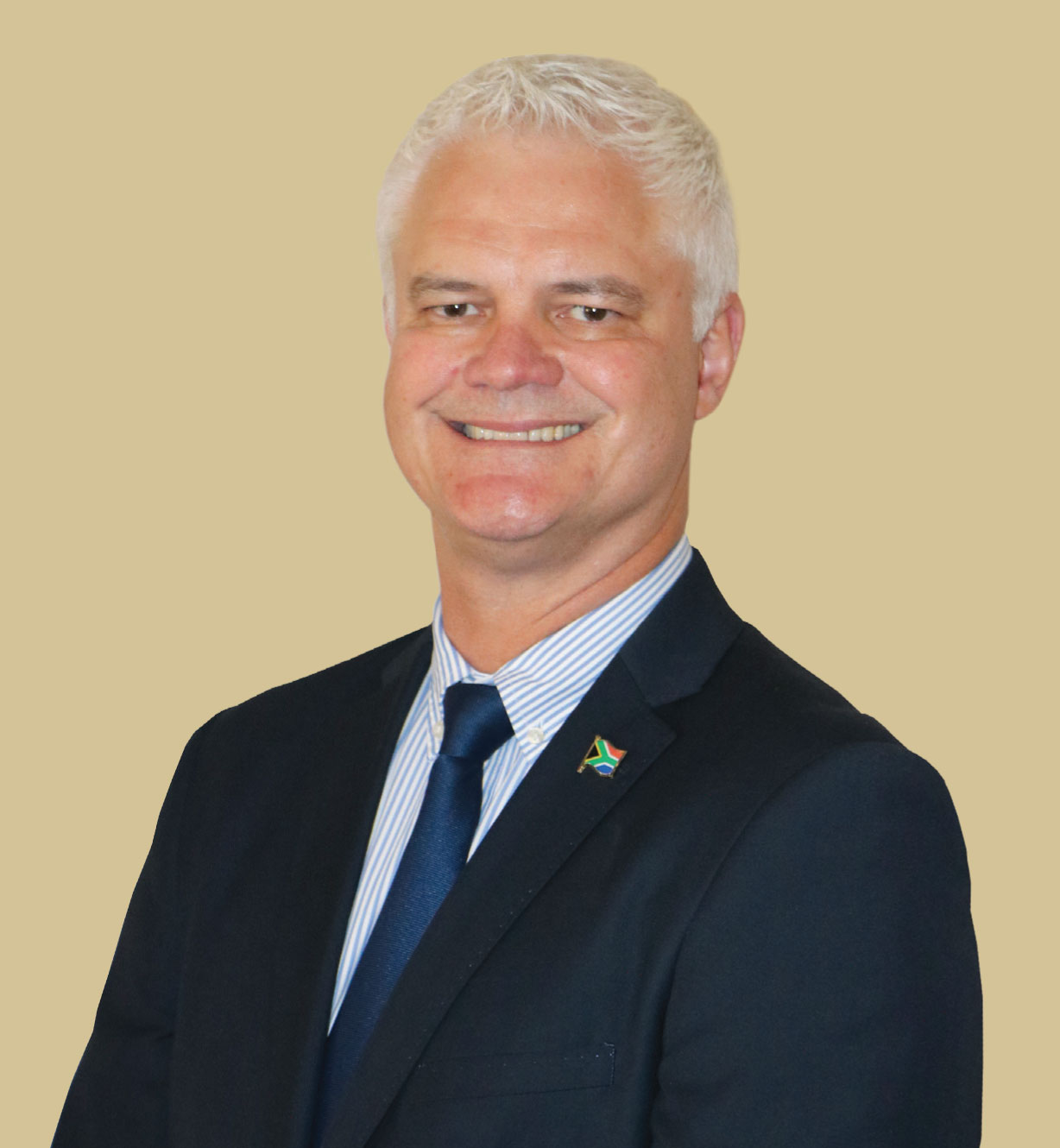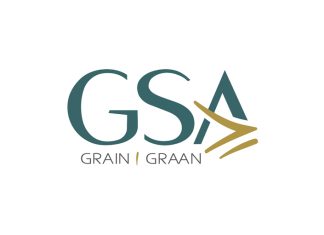
CEO, Grain SA
WHEN THE GATES OF NAMPO PARK OPEN EACH AUTUMN FOR THE NAMPO HARVEST DAY, BOTHAVILLE BECOMES A GLOBAL MEETING PLACE. BRAZILIAN AGRONOMISTS COMPARE NOTES WITH BULTFONTEIN PRODUCERS, DUTCH STARTUPS DEMONSTRATE LASER WEEDERS ALONGSIDE HOME BUILT NO-TILL PLANTERS AND FINANCIERS AND DIPLOMATS FROM CHICAGO TO SHANGHAI HUSTLE TO REALISE THE NEXT SUPPLY CHAIN NICHE.
This proves that South African grain production is not just a local game played on African soil, it is a node in a restless high-stakes world system – and right now that system is unsettled.
Trump’s tariff talk has triggered what economists call ‘reshoring’ (basically the returning of the production and manufacturing of goods to the company’s original country). The rest of us experienced volatility with price hikes and cancelled deals. China’s curb on US maize and soybean imports jolted trade flows. Brazil and Argentina stepped in, the Black Sea tried, buyers like Egypt and Vietnam turned to the south and South Africa must position itself to get our slice of the cake. However, volatility cuts both ways. Surplus subsidised US grain could flood key markets like Kenya, Japan and even Mozambique. The NAMPO takeaway is to stay flexible, contract early and grow markets beyond the comfort zone of the Southern African Development Community (SADC).
The Red Sea shipping crisis shifted the global map overnight. A bulker rerouted around the Cape adds around R850 000 in fuel and charter costs – expenses that ripple through insurance and freight bids and ultimately producer prices. Meanwhile, European ammonia plants mothballed during the 2022 gas crunch remain offline, keeping nitrogen prices about 15% above their ten-year average. Today, freight and fertiliser costs swing wildly, adding to the rainfall and other risks we manage.
Good news does exist. African and Middle Eastern producers are pouring dollars into green ammonia projects scheduled to hit the market from 2026 onwards. If they succeed, the long-term nitrogen outlook softens, and a ‘green’ premium could open for crops with verifiable low carbon fertiliser footprints. It’s the kind of technology opportunity grain producers can explore at NAMPO this year.
At NAMPO you will meet solutions you didn’t even know you needed, like drones mapping stalk quality in minutes, planter software that adjusts population for every five metres of soil potential, or seed treatments cutting urea use. This is not tech for show. In a world of rising diesel, debt and data costs, trimming R5/ton can mean the difference between profit and loss.
The big leap is to integrate these tools. For example, can producers pool satellite imagery with others to secure a discount from a firm or reduce crop insurance premiums? Can laser weeders be used under pivots, with herbicide savings covering the financing costs of these tools? This turns global tech into a real competitive edge and proof that ‘global agriculture locally’ is more than a slogan.
From 30 December 2025, soybean entering Europe must carry geo-location proof that it did not encroach on natural vegetation. Similar deforestation rules exist – and grain might be next. Carbon border adjustment mechanisms are lurking with a future that will turn compliance documentation into almost a physical commodity. Proactive South African grain producers who trace every load from field to vessel will earn premiums or risk being shut out.
The Harvest Day gives us a test bed and showcases different ideas at Grain SA’s research stand, the biotech pavilion and the software booths. It’s up to us to turn these ideas into opportunities before Brussels or Shanghai turns it into regulations.
Behind every shiny combine at NAMPO is an uncomfortable reality. South African producers compete globally with minimal state support. While Brazilians have concessional credit lines and Europeans rely on CAP support, we face a volatile rand, fuel levies and a slim diesel rebate. Our competitiveness must come from partnerships between private researchers and Grain SA producer-funded trials, co-ops teaming with startups and who increasingly price risk in data, not anecdotes.
NAMPO Harvest Day is our window to the world and the world’s window on us. The conversations there must follow us home to the tractor shed, the bank manager’s office and study groups. Global agricultural rules keep changing. Our task is to filter that noise through local knowledge and act before the next crop budget is finalised. That is how a grain-producing nation sitting at the tip of Africa stays globally relevant. Take at least one new idea back to the farm. The world will not wait – neither can we.











